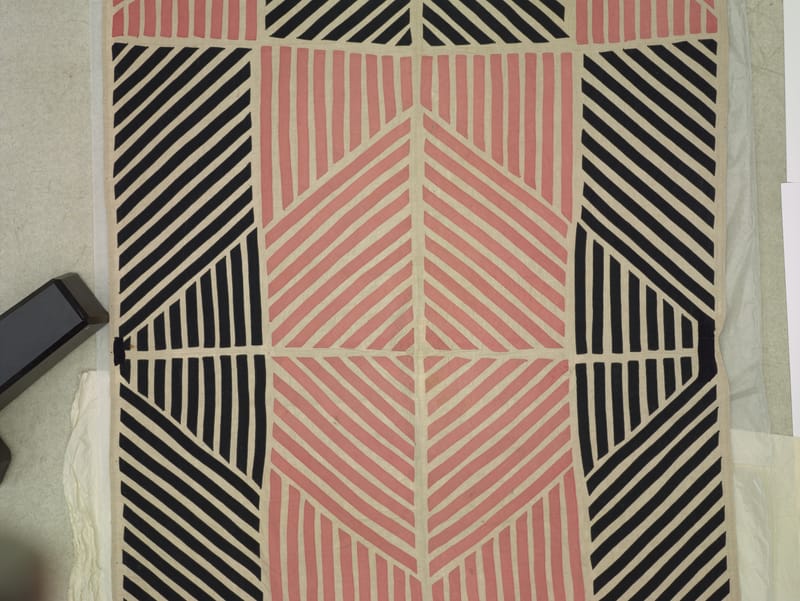Multiplying Munch - PhD Project

In January 2019 I completed PhD in Museology and Cultural History at the University of Oslo. My project 'Multiplying Munch. New Digital Practices at the Munch Museum' explored copying practices of visual art, archival material and historical artifacts in the context of art museums. It investigated the production and usage of digital reproductions, as well as to challenge the original object-centeredness of museum culture.
An art museum is not a closed collection of artworks. Most of the examples I have been looking at come from the Munch Museum in Oslo, Norway, which is the center for exhibitions and research about the Norwegian painter Edvard Munch (1863-1944). Building on Munch’s “brand” requires never ending, intensive multiplying of his artworks. This means that in addition to being a custodian of the original works the museum is a maker of images. Museums embrace diverse new technologies and experiment with various digitizing techniques such as photographing, scanning, modern printing techniques or optical text recognition. Some of the questions to be considered are who plays a role in creation and dissemination of reproductions in the museum? What constitutes a good copy? And what are copies used for?
Presentation of my dissertation in "Tidsskrift for Kulturforskning"